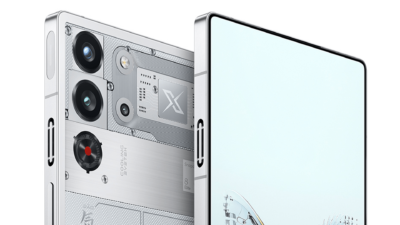A Look at Distributed Energy Generation of Renewable Energy

The world has reached a critical juncture in its energy use. Climate change and dwindling resources have made it imperative to transition to renewable energy sources. An important part of this transition is the decentralisation of energy production. Distributed energy generation from renewable energy sources has become increasingly popular, with residential and commercial properties across the globe implementing systems to make use of this clean energy.
Types of Renewable Energy Produced Through Distributed Energy Generation
Distributed energy generation is a form of renewable energy production where electric energy is generated using energy sources and technologies located close to the end user. This energy is generated to meet the user’s demand from various sources such as photovoltaics, wind turbines and small hydropower facilities. DG is a key technology in the future of clean and green energy, as it reduces the need for centralised sources while also providing reliable, affordable and personalised solutions to meet the electricity needs of residential, commercial, and industrial customers.
There are many different types of renewable energy produced through DG, including both direct and indirect systems. Direct systems utilise the sun’s light and heat to generate electricity, while indirect systems harvest energy generated by moving water, wind, and other flows. Solar photovoltaic and concentrated solar thermal systems have become increasingly popular in recent years, with both residential and commercial consumers taking advantage of the technology to meet their electricity requirements. Additionally, solar and wind microgrids are gaining popularity among communities that want access to renewable energy without costly overhead. Lastly, hydropower remains an important source of renewable energy for distributed energy generation, particularly for isolated communities in rural areas that still rely on rivers and watercourses for energy production.
Benefits of Distributed Generation of Renewable Energy
- Reduced Carbon Emissions: Distributed generation of renewable energy reduces greenhouse gas emissions by taking advantage of clean, renewable energy sources and eliminating the need to transport electricity through power lines. This reduces the burning of fossil fuels and helps lower the carbon footprint of the entire energy system.
- Increased Efficiency: Distributed generation of renewable energy is more efficient than large centralised power plants. This is because it is located closer to where it is consumed and thus reduces overall transmission losses. Plus, it eliminates the need for long-distance transmission lines, thus reducing the total cost of the energy system.
- Reliable Energy Source: Renewable energy sources like wind and solar are more reliable sources of energy than fossil fuels, as they are not susceptible to depletion. Renewable energy sources have the capacity to supply electricity around the clock and generate power in a variety of locations. This provides increased energy security by reducing our reliance on a single energy source.
Challenges Related to Distributed Energy Generation of Renewable Energy
Distributed energy generation of renewable energy can present numerous challenges to utilities. One major challenge is the difficulty associated with predicting when and where renewable energy sources will generate energy. This can lead to reliance on traditional power generation to ensure the reliability of electricity supply and a lack of distribution grid control. To combat this, companies must adjust their operations to the variability of renewable energy production and consider employing solutions such as advanced grid analytics, predictive algorithms, and even storage to ensure sufficient power is available.
Another issue is the potential for too much renewable energy to be produced for a company’s immediate consumption, leading to an overall decrease in electricity prices. This could lead to a decrease in profits, and utility companies would then need to offer incentives to other renewable energy providers to ensure the stability of their operations. Furthermore, the high cost of switching to renewable energy sources due to their complex infrastructure can also be a major challenge to consider when setting up this type of system.
The Future of Distributed Generation of Renewable Energy
The future of distributed energy generation of renewable energy is both exciting and challenging. With the cost of renewable energy technologies falling, the potential for distributed generation of renewable energy to reduce our reliance on fossil fuels and enable greater energy independence and self-sufficiency is becoming more and more realistic. Furthermore, distributed energy generation technologies provide great promise for remote or rural areas or for communities that are not connected to the electricity grid. Distributed energy systems can often reduce the cost of energy, increase energy security and create employment opportunities. As the world moves towards a more sustainable energy future, there is no doubt that distributed energy generation of renewable energy will play an increasingly important role.
Alexia is the author at Research Snipers covering all technology news including Google, Apple, Android, Xiaomi, Huawei, Samsung News, and More.











